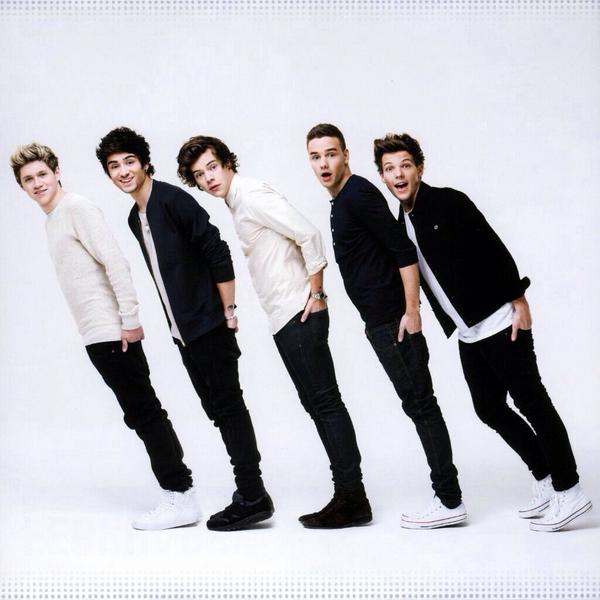
Take advantage of the moon-free mornings in late July and early August for watching the Perseids (and the Delta Aquariids).Įxpected meteors at peak, under ideal conditions: Under a dark sky with no moon, skywatchers frequently report 90 meteors per hour, or more. There will be a bright moon up during the Perseid’s peak in 2022.
ONE DIRECTION 2014 MINI CALENDAR FULL
Nearest moon phase: Full moon falls at 1:36 UTC on August 12. Radiant: The radiant rises in the middle of the night and is highest at dawn. So, in 2022, from early August to mid-August watch late evening to dawn, until the waxing moon – brighter each night, and up for more hours – drives you back inside.ĭuration of shower: July 14 to September 1. And Perseid meteors tend to strengthen in number as late night deepens into the wee hours.

But this shower rises to a peak gradually, then falls off rapidly. When to watch: The moon will be up all night during 2022’s peak of the Perseid meteor shower. Predicted peak: is predicted* for August 13, 2022, at 3 UTC. Early to mid-August meteors … the Perseids To find it, draw a line roughly southward through the stars on the west side of the Great Square of Pegasus. Fomalhaut appears bright and solitary in the sky. It’s southward from the Northern Hemisphere, closer to overhead from the Southern Hemisphere. In late July to early August, Fomalhaut is highest around 2 a.m. Read more: All you need to know about Delta Aquariid meteors Delta Aquariid meteors radiate from near the star Skat, aka Delta Aquarii, in the constellation Aquarius the Water Bearer. About 5% to 10% of the Delta Aquariid meteors leave persistent trains, glowing ionized gas trails that last a second or two after the meteor has passed. Delta Aquariid meteors tend to be fainter than Perseid meteors. But the shower can be excellent from latitudes like those in the southern U.S. Skywatchers at high northern latitudes tend to discount it. Note: Like May’s Eta Aquariids, July’s Delta Aquariids favors the Southern Hemisphere. You’ll typically see plenty of Delta Aquariids mixed in with the Perseids, if you’re watching in early August, especially when there’s no moon to obscure the view.

Take advantage of the moon-free mornings in late July and early August for watching the Delta Aquariids (and the Perseids).Įxpected meteors at peak, under ideal conditions: The Delta Aquariids’ maximum hourly rate can reach 15 to 20 meteors in a dark sky with no moon. And full moon will fall at 1:36 UTC on August 12. Nearest moon phase: In 2022, new moon falls at 17:55 UTC on July 28. your local time and low in the sky by dawn. Radiant: Rises in mid-evening, highest around 2 a.m. When to watch: Watch late July through early August, mid-evening to dawn.ĭuration of shower: July 18 to August 21. It rambles along steadily from late July through early August, joining forces with the August Perseids. But this shower doesn’t have a noticeable peak. Predicted peak: July 29, 2022, at 10 UTC.

Late July to mid-August meteors … the Delta Aquariids Start watching in late July and early August for the Delta Aquariid shower to combine with the Perseid shower.


 0 kommentar(er)
0 kommentar(er)
